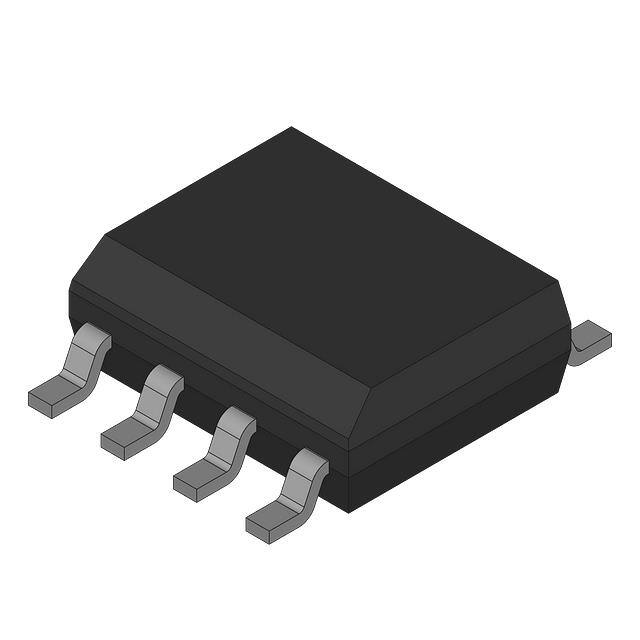China RoHS and EU RoHS FAQs
1、When is the best time to do RoHS certification?
The best time to pursue RoHS certification is as soon as possible. Many large companies have already initiated this process. It is essential to note that purchased parts and raw materials must comply with RoHS certification requirements. Additionally, most domestic and international purchasers have specified these requirements for manufacturers and will not place orders for products lacking RoHS certification. Therefore, delaying the certification process could result in market losses for your product.
2、If the raw materials purchased during procurement comply with RoHS requirements, is testing still required during product production and sales?
After the raw materials are purchased, a certain processing process is required to produce the final product. During this production process, it is ensured that the raw materials are not contaminated and no additives with harmful substances are added, such as cleaning agents, lubricants, etc. These determinations are all based on the actual situation of the company. If you think there is no problem, you don’t need to undergo testing. Testing is a means of control, not just for the sake of testing. Many companies view testing and obtaining reports as their primary goal. In fact, the ultimate goal should be that the products they sell or buy comply with RoHS requirements.
If the raw materials pass the test but are judged to be unqualified by the EU when shipped in batches, it is necessary to conduct the following review:
①、Internal inspection to determine if sample materials and bulk purchased materials have been covertly swapped, indicating issues with the company’s management system.
②、Assess whether the chemical composition of the product has changed due to high-temperature, high-pressure operations, or the use of harmful additives, cleaning agents, etc., during the production process.
③、Re-send the sample to another institution for testing to verify the accuracy of the initial test report.
3、Is the certification valid for a long time?
The certification itself is based on the analysis of the product. As long as the product material, production process, and procedures remain unchanged, the test report can remain valid for an extended period. Currently, CQC(China Quality Certification Center) certification has validity periods of one year and three years, with the latter requiring a factory inspection.
4、Are the ink characters on the power cord subject to EU regulations?
Typically, the length of the power cord provided by the manufacturer may be quite long. We often combine ink with the power cord for testing purposes. Additionally, to ensure safety, we recommend that power cord manufacturers require their ink suppliers to provide a test report, which would make it easier to control.
5、Is it recommended for manufacturers to allocate risks to suppliers?
Yes, this is a common practice. Most electronic and electrical product manufacturers adopt this approach. They require suppliers to sign guarantee letters and undergo certification step by step, starting from the source. In fact, from the perspective of RoHS compliance, it is a supply chain management issue in itself. It involves links in the supply chain, with upstream buyers and downstream suppliers. Any problems in any link will be reflected in the final product. Of course, companies cannot rely solely on suppliers. They should also carry out corresponding management work. To be precise, risks should be shared among all companies.
6、Why does China RoHS only have test reports but no certificates? Are EU RoHS testing laboratories designated?
In fact, RoHS does have certificates. The China Quality Certification Center has been committed to ROHS certification for more than two years and has issued more than 1,000 certificates so far. There are also many certification agencies that have issued RoHS certificates. The EU has not designated a specific agency to issue RoHS certificates, nor has it designated a specific testing laboratory.
7、Are all tools, equipment, and containers that come into contact with products during the production process considered potential sources of cross-contamination for ROHS testing or management control?
The current equipment requirements stipulate that products must not exceed specified limits due to equipment-related factors.
8、How does RoHS dismantle a complete machine, and to what extent must it be dismantled?
RoHS involves material analysis, which necessitates dismantling the entire machine. But to what extent should this dismantling occur? The goal is to break down the machine into homogeneous materials. What exactly constitutes a homogeneous material? According to the EU's definition, it involves using physical methods to separate materials into their smallest units that cannot be further divided.
For instance, consider a power cord coated with ink. Testing this can be challenging as separating the ink physically is not feasible. In such cases, the approach is to test the ink components along with the plastic covering of the power cord as a single material. With the release of the GB/Z-20288 regulatory split standard, if the volume is less than 1.2 cubic millimeters or the mass is less than 10 milligrams, further splitting is not required.
9、 How do electroplated hardware comply with RoHS requirements?
As for the compliance of electroplated hardware with RoHS requirements, the European Commission has not yet established a final unified standard for testing methods. Previously, many tests for hexavalent chromium in metal electroplating layers used the EPA3060A method, which is originally employed by the US Environmental Protection Agency to test lead in sludge. However, many large international companies do not consider it the optimal testing method. Currently, the ISO3613 method is generally recommended. However, because the results obtained from the ISO3613 method are not directly comparable to the parts per million (PPM) values required by the EU, a definitive conclusion has not been reached.
10、How to deal with metal sealing nails used in cartons?
Metal sealing nails should be included as part of the packaging material, provided they comply with the EU's requirements regarding the ban on hazardous substances in packaging materials. The EU mandates that each material used in packaging must adhere to limits for mercury, cadmium, lead, and the total content of the six substances, all of which should be less than 100 ppm.


